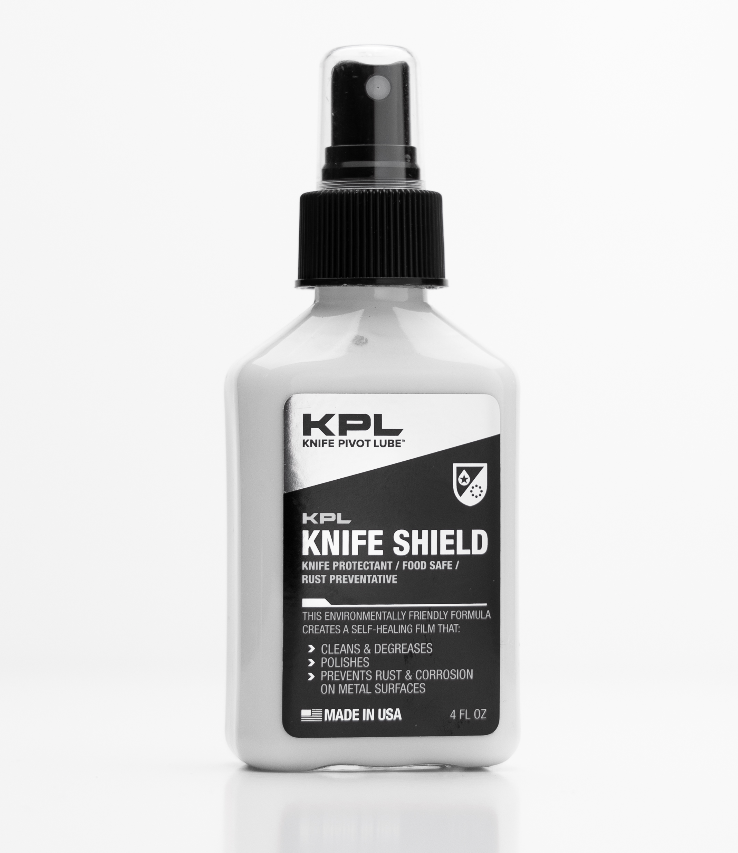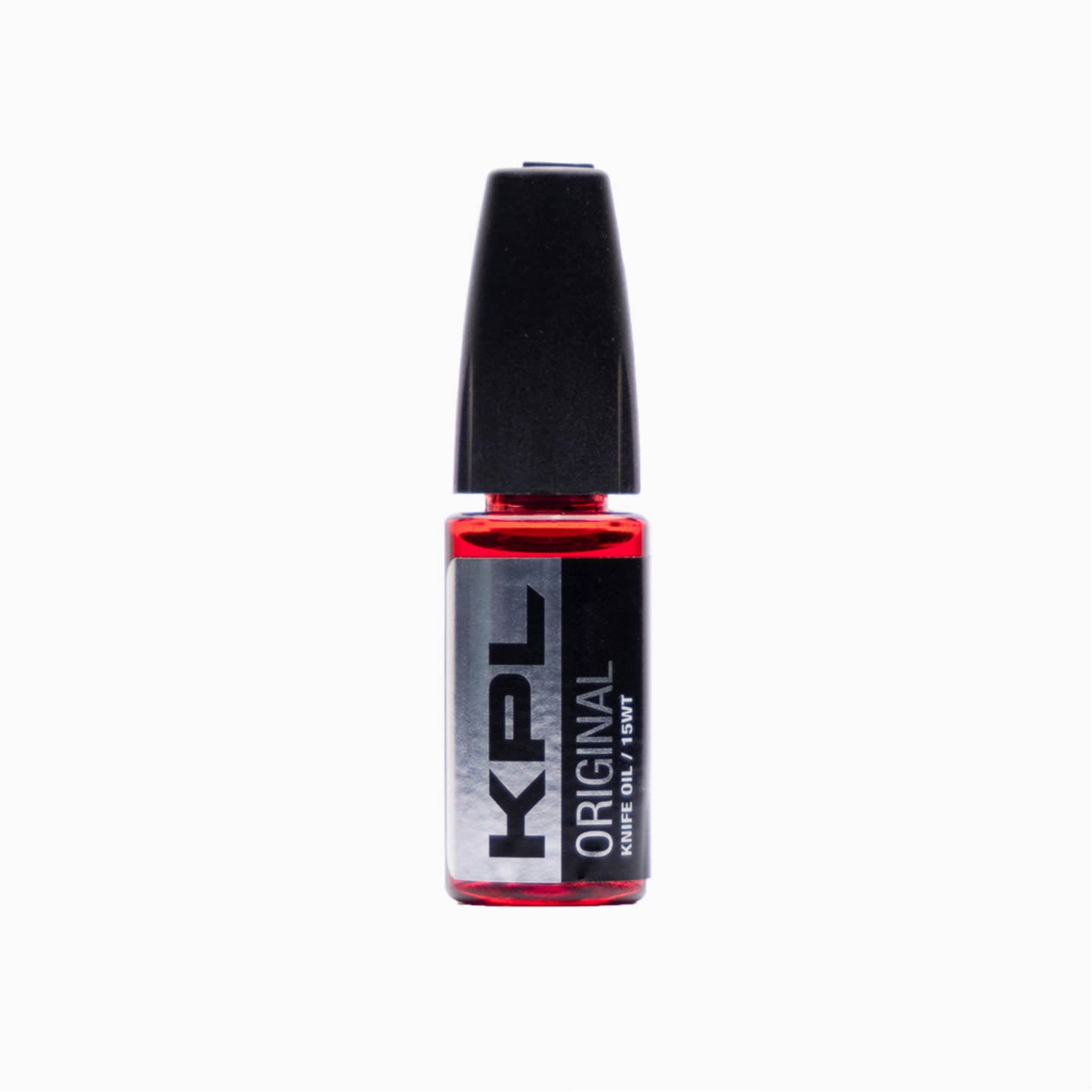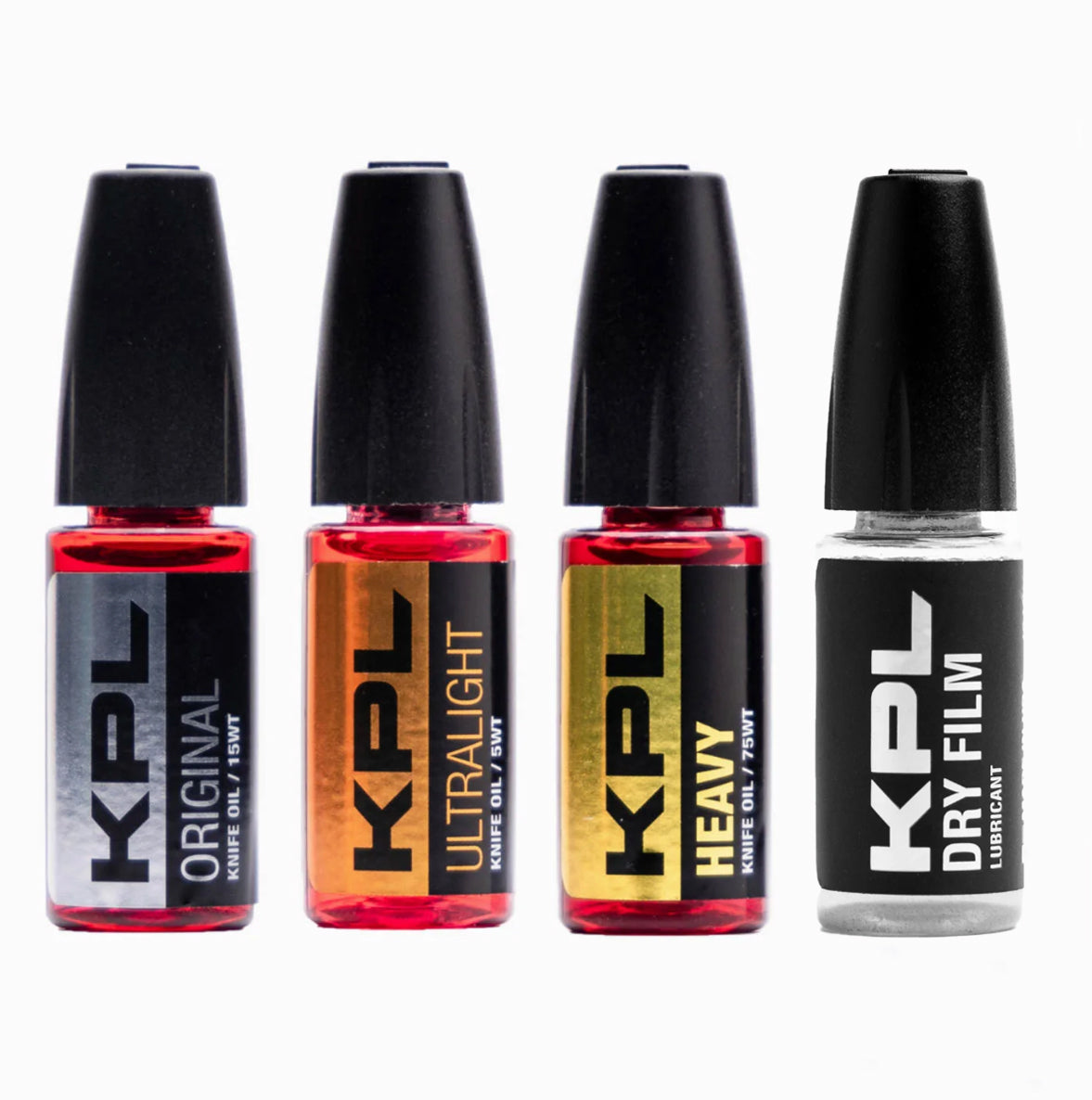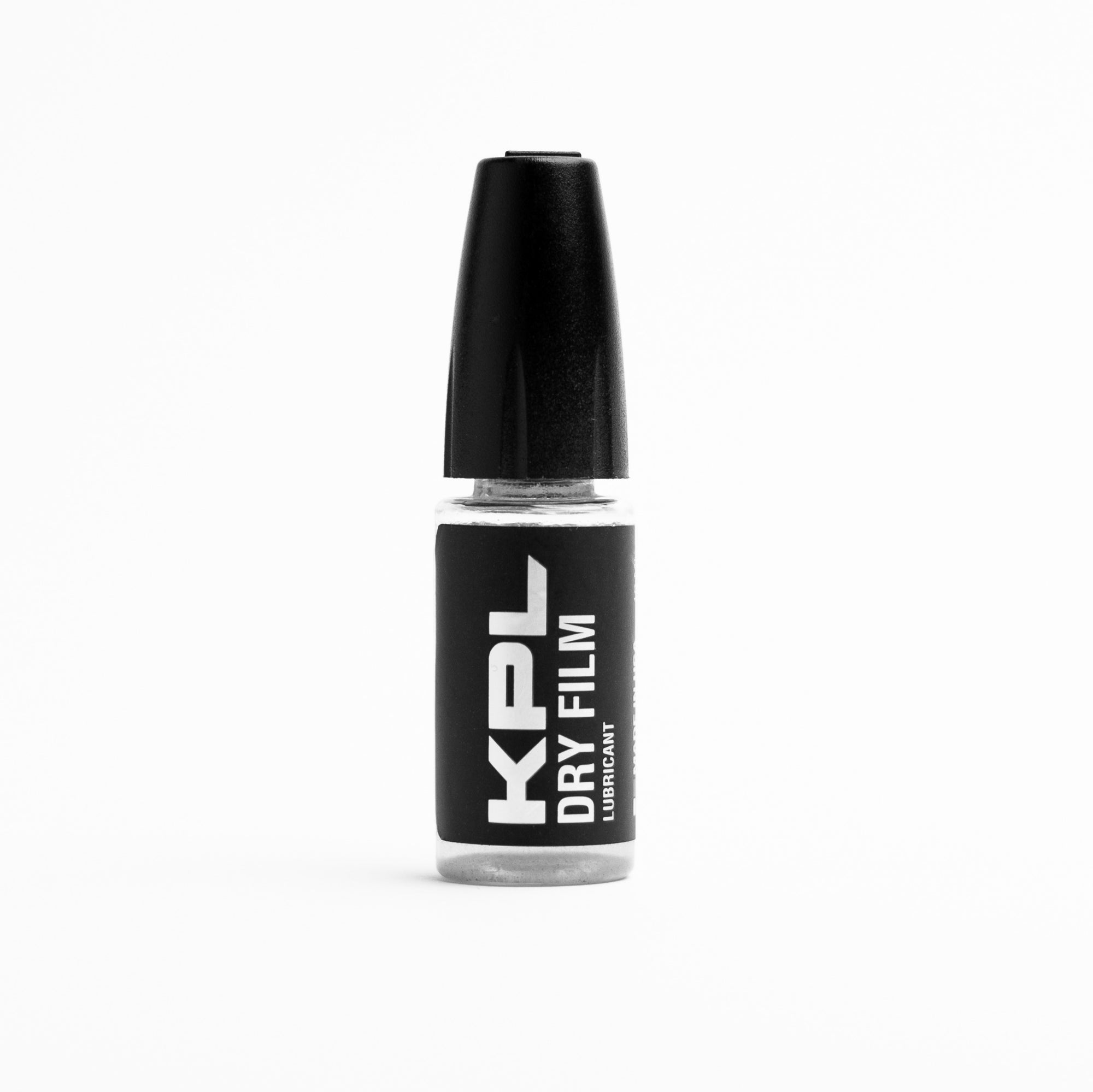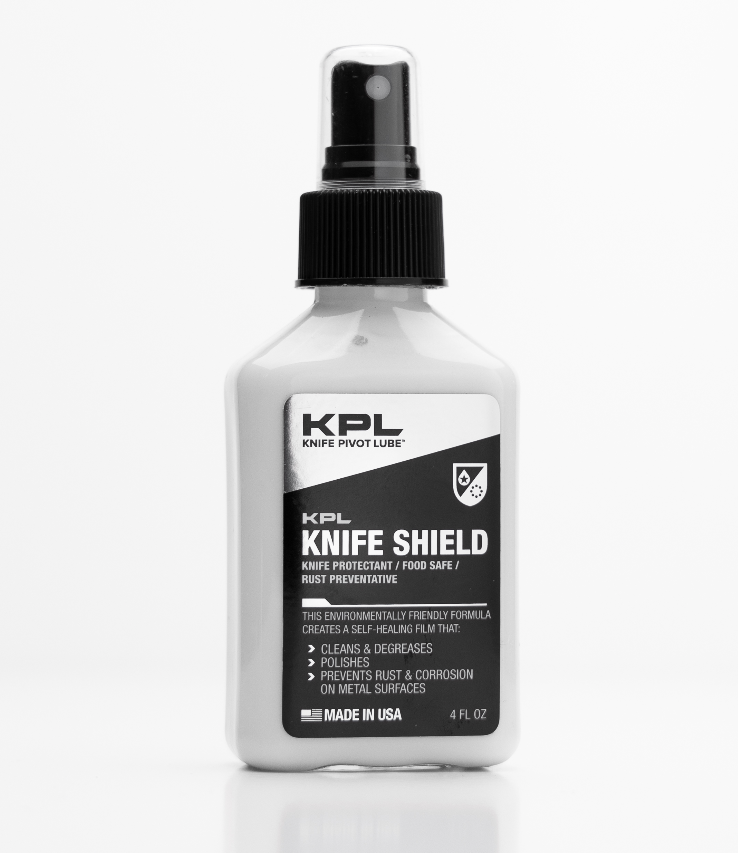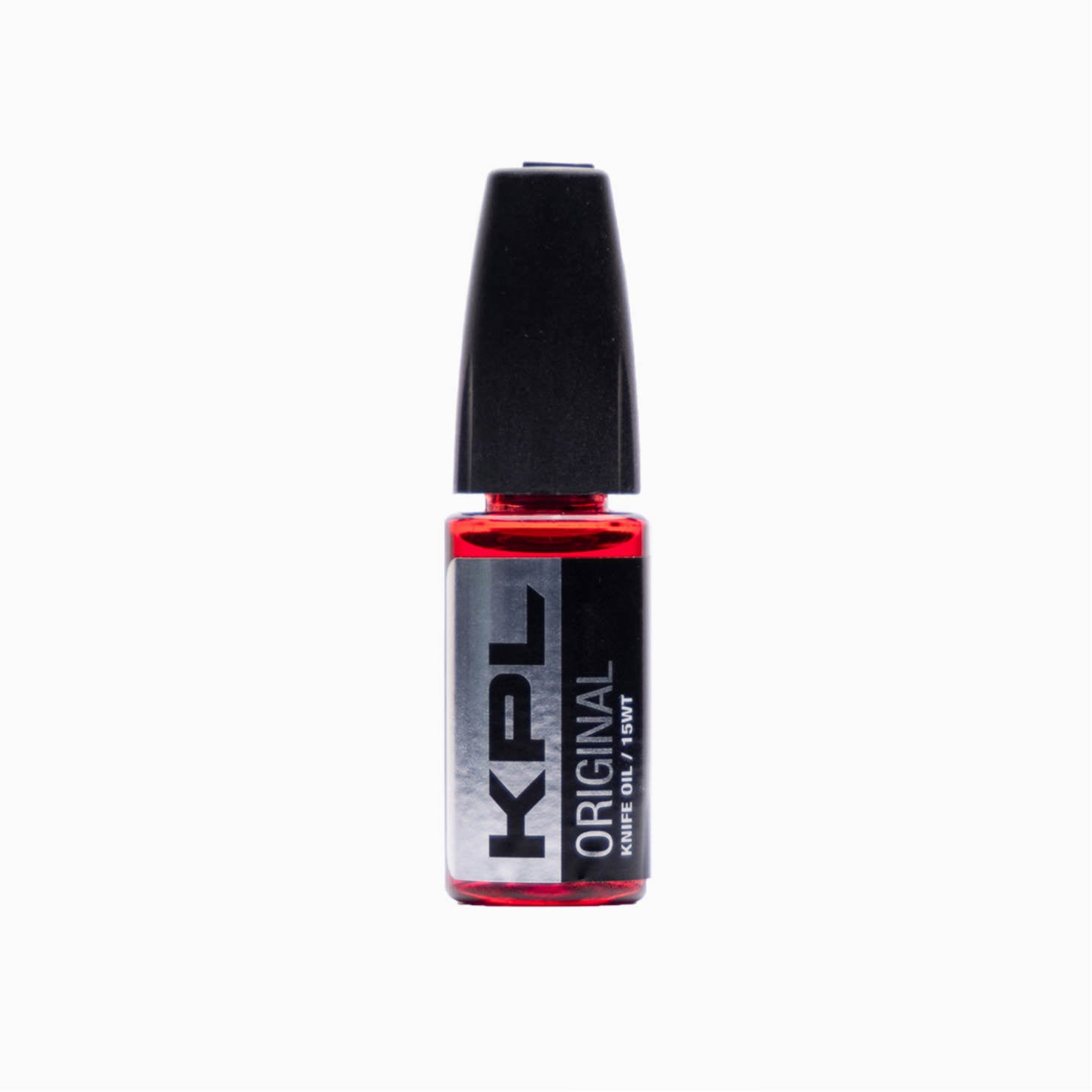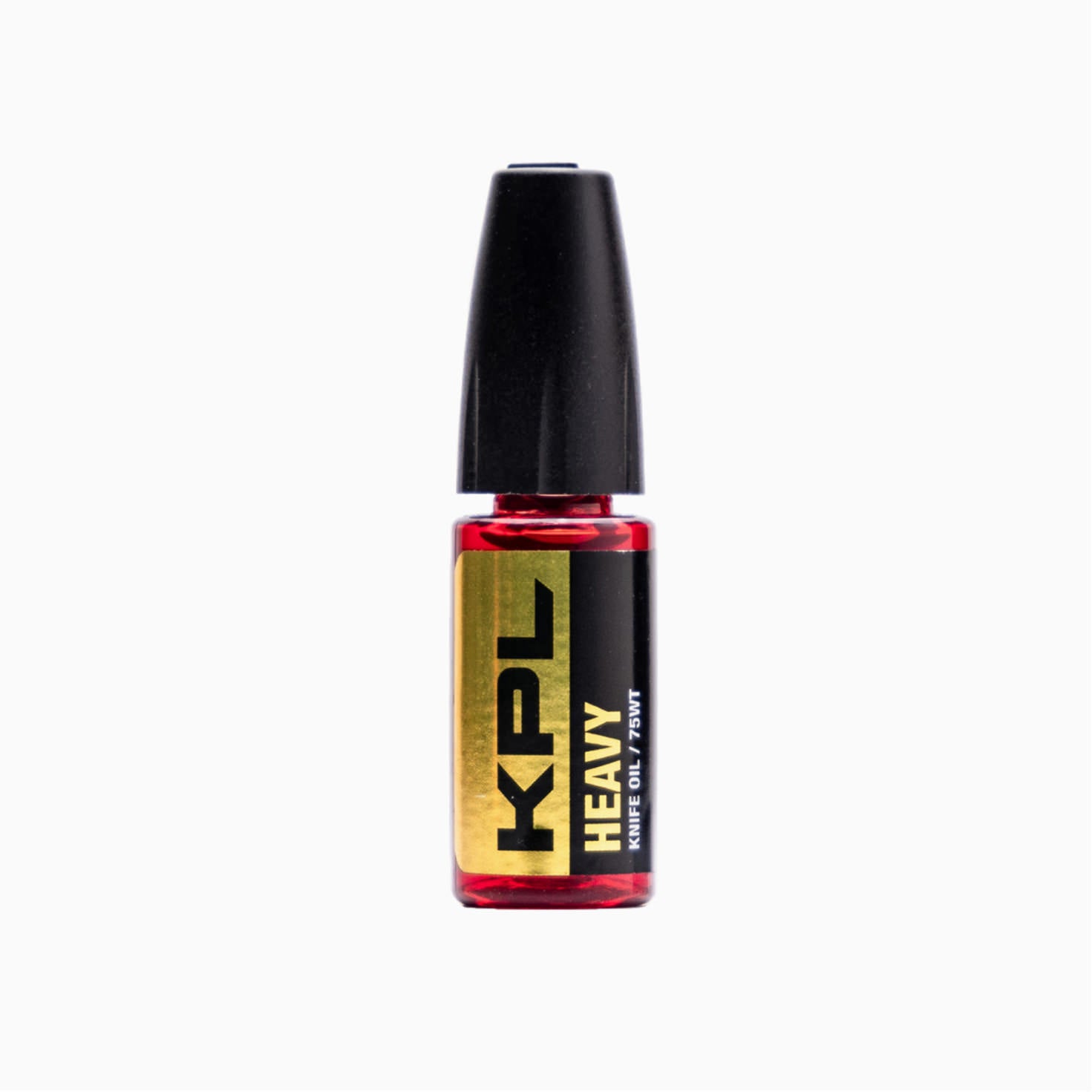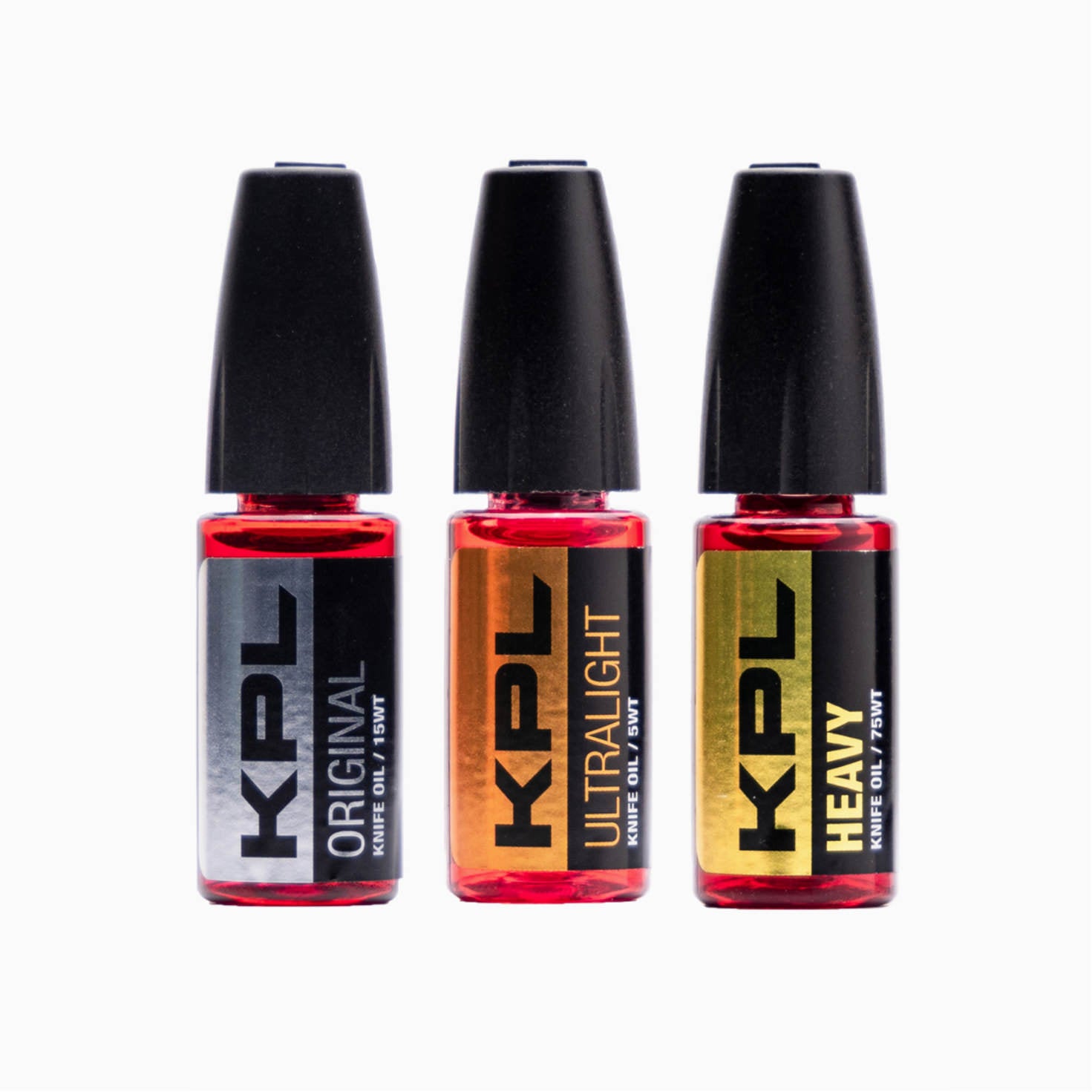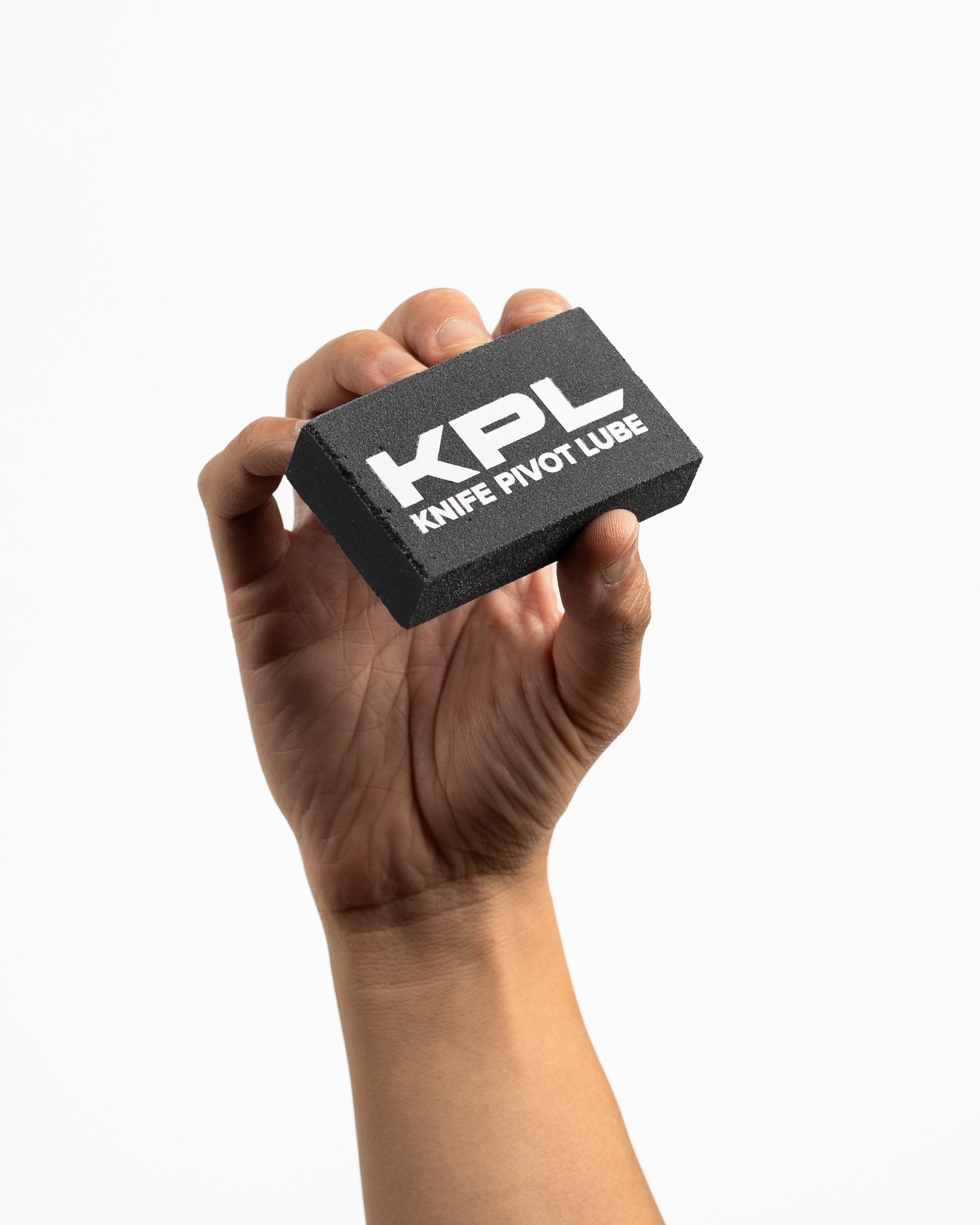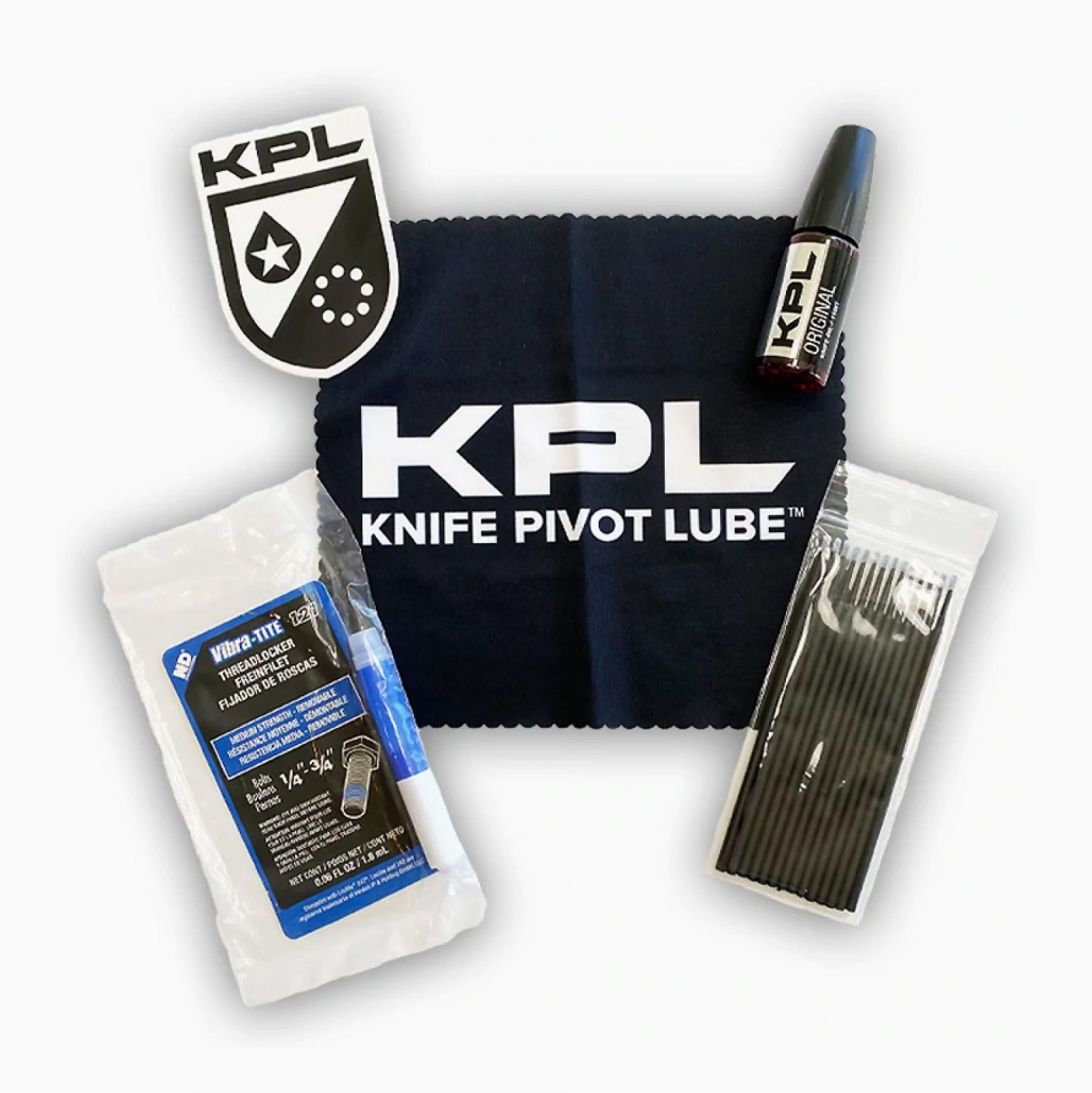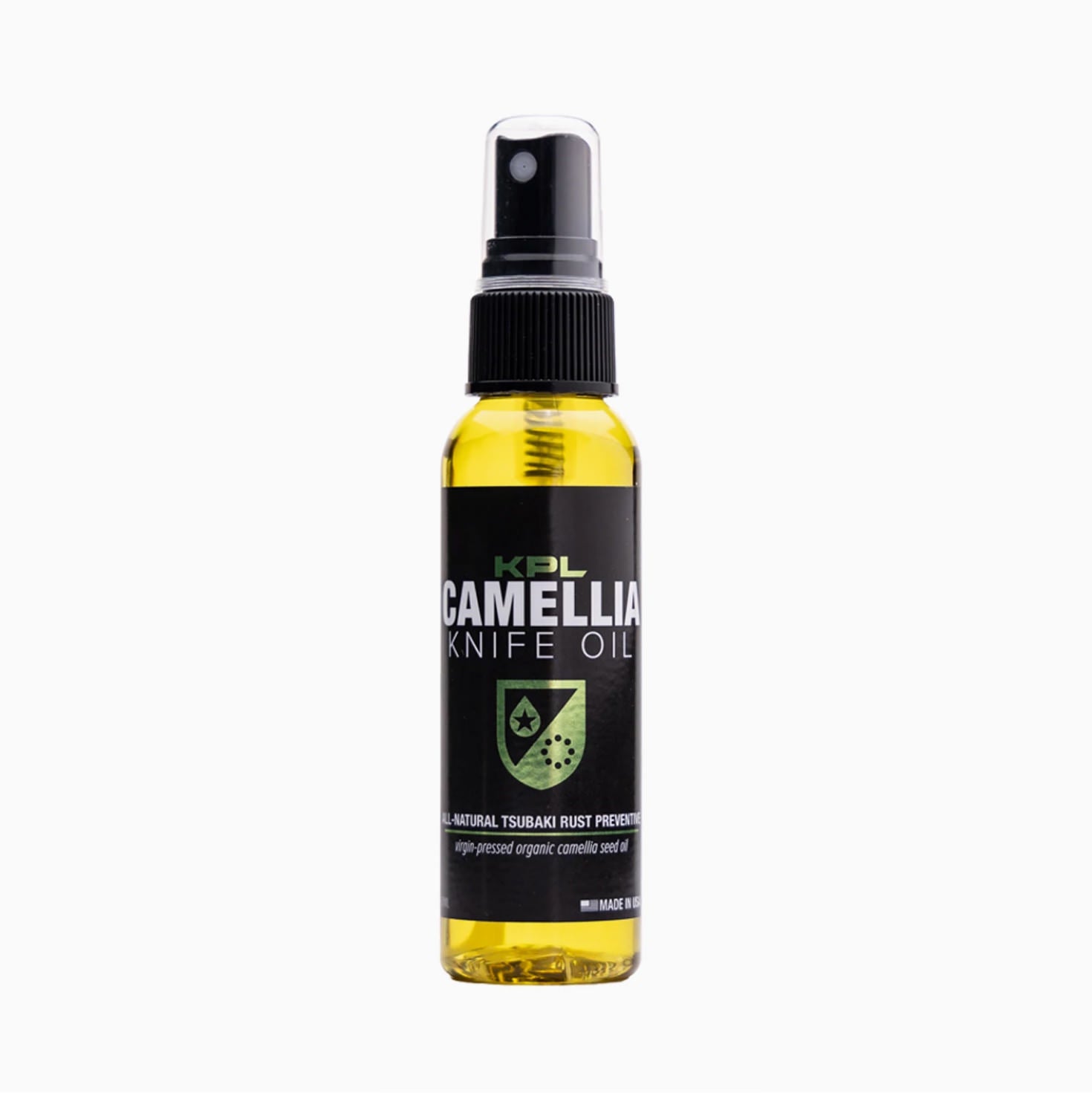When we look at the descriptions of knives we often see the type of grind listed. This is a key piece of information that allows us to pick the best tool for our needs. With all the grinds out there it is important to educate ourselves about the features, advantages and disadvantages of each of these grinds. Today we will be taking a look at the Flat Grind family of blade grinds. The most widely known Flat Grind is known as the full flat grind, however there are other grinds in this category that are also sometimes flat grinds such as Scandi Grinds and Sabre Grinds that you have probably heard of, but did not realize were also types of Flat Grinds.
What is a Flat Grind?
A flat grind features a V shaped bevel that is symmetrical on both sides, because of this, they are easier to sharpen and maintain when compared to other grind types. In terms of edge strength they fall into the mid-range and are often, but not always reinforced with a secondary bevel which is the actual cutting edge. While most flat grinds are great for general purposes, each of the three types of flat grinds have distinct characteristics that differentiate them from one another. Flat grinds are commonly used in both fixed blades and folding knives, and we will look at some examples of each below.
Full Flat Grind

Full flat grinds have a V shape that tapers from the spine of the knife. This grind allows makers a lot of versatility, Thin versions of this grind are very good for slicing tasks and make excellent kitchen and EDC knives while thicker flat grinds make great outdoor tools due to the increased strength for chopping and batoning tasks. Most full flat grinds, especially thinner grinds, will have a secondary bevel to increase edge strength.
Knives By Nuge Wicket
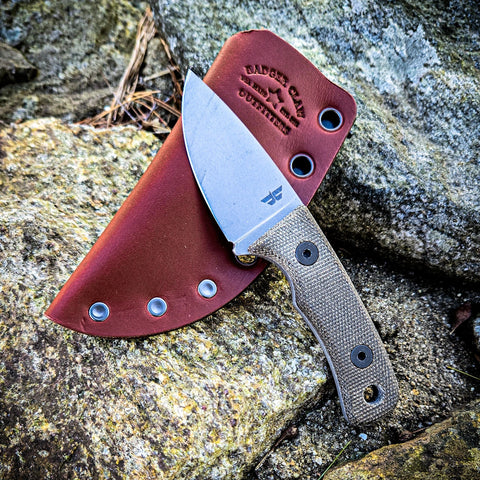
Spyderco Delica

Scandi Grind

Scandi grinds have a V shape but the actual ground itself starts lower on the blade leaving more material on the blade. This allows for a more robust knife which is one of the reasons it is favored by many outdoors people. A true scandi grind comes down to a zero degree edge making it very easy to maintain and sharpen as well as being an ideal tool for carving wood, but will require frequent maintenance to keep the edge sharp. Scandi Grinds are not typically the best choice for slicing tasks and do far better with processing wood than they do at food prep and EDC tasks. Some Scandi grind knives feature a micro bevel that will keep the edge sharper longer, but also makes it more difficult to sharpen in the field as well as impact the ease of processing wood, this is not commonly advertised and your best bet if unsure is to ask the maker if they include a micro bevel in their scandi grinds. Scandi Grinds are most common on fixed blades, but there are a few folding knives available in scandi.
Knives By Nuge Big Boi Wicket

Woods Monkey Banana Peel

Sabre Grind

Sabre Grinds also feature a V shape but like the Sandi grind the grind does not start at the spine and will typically start 25 to 50 percent below the spine. You may see terms such as High Sabre or Low Sabre, this is mainly an indicator of where the bevel grind begins on the blade. The major advantage of the Sabre grind is blade strength and robust tips. For this reason Sabre grinds are often found in tactical and survival type knives. Sabre grinds feature a secondary bevel which allows for increased edge retention and helps reduce damage to the edge. Unfortunately the additional strength of the Sabre grind comes along with less cutting performance when compared to other blade grinds, however a well done Sabre grind will perform well enough in all your EDC tasks and serve very well in extended outdoor tasks. The best way to look at this grind is a jack of all trades, but a master of none!
Knives By Nuge Chickpea

Southern Grind Spider Monkey


